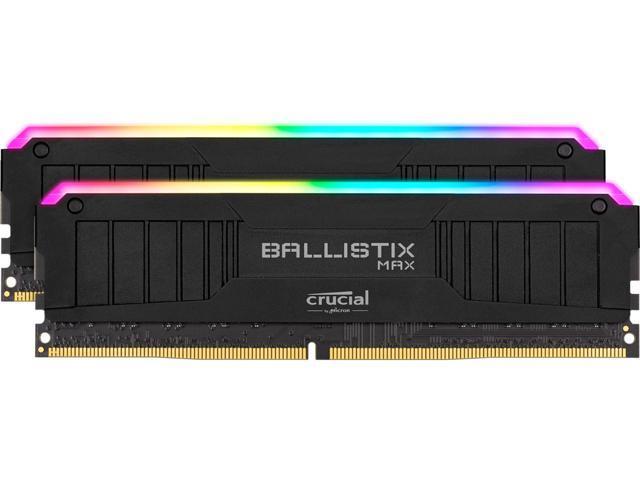Crucial, Micron’s global consumer brand of computer memory and storage, announced its limited-edition Crucial Ballistix MAX 5100 gaming DRAM.
Expanding on the award-winning legacy of the Crucial Ballistix product portfolio, this latest offering provides consumers with an optimal gaming memory option, boasting the highest speeds available to date for purchase. Crucial Ballistix is the only brand of gaming DRAM that incorporates custom tuning at the die level, resulting in world record-setting performance. In fact, these same gaming DRAM modules were recently used by a competitive overclocker to hit a blistering 6,666MT/s, the fastest ever for DDR4 modules. The record-breaking frequency and valid CPU-Z screenshot are posted on HWBOT. Like Micron’s leading products and solutions for enterprise and personal computing, Crucial gaming memory is purpose-built, making it the only gaming memory that’s vertically integrated — designed, engineered and manufactured from start to finish in-house. This unique approach is unmatched by competitors, allowing the new 5100MT/s modules to deliver blazing fast speeds to hardcore gamers and maximized results to overclocking enthusiasts.
“We were the first to launch DDR4, the first to put LEDs on gaming DRAM, and now our latest Crucial Ballistix memory is giving gamers a sharper edge by enabling higher frame rates and better system performance,” said Teresa Kelley, vice president and general manager of Micron’s Consumer Products Group. “This latest memory speed is another testament to the team’s focus and delivery of world-class, innovative high-performance gaming products.”
A limited number of Crucial Ballistix MAX 5100 modules will be produced at launch and available in 16GB kits for purchase at crucial.com or through select global channel partners. Crucial gaming memory sets the standard for extreme performance by delivering reliability, faster speeds and lower latencies when it matters most. These select Crucial Ballistix MAX 5100 modules are designed for extreme overclocking and engineered for compatibility only with the very latest AMD and Intel platforms. Gamers and other customers looking to extract the best performance from their PCs can upgrade with other Crucial products like the Crucial P5 NVMe SSD and the Crucial X8 Portable SSD to


